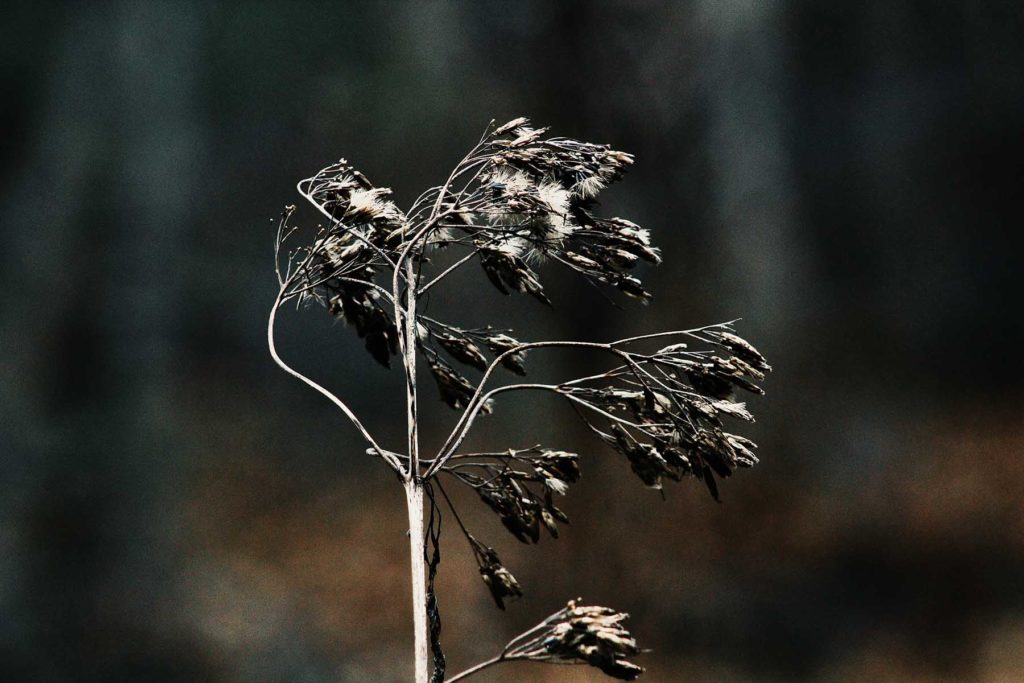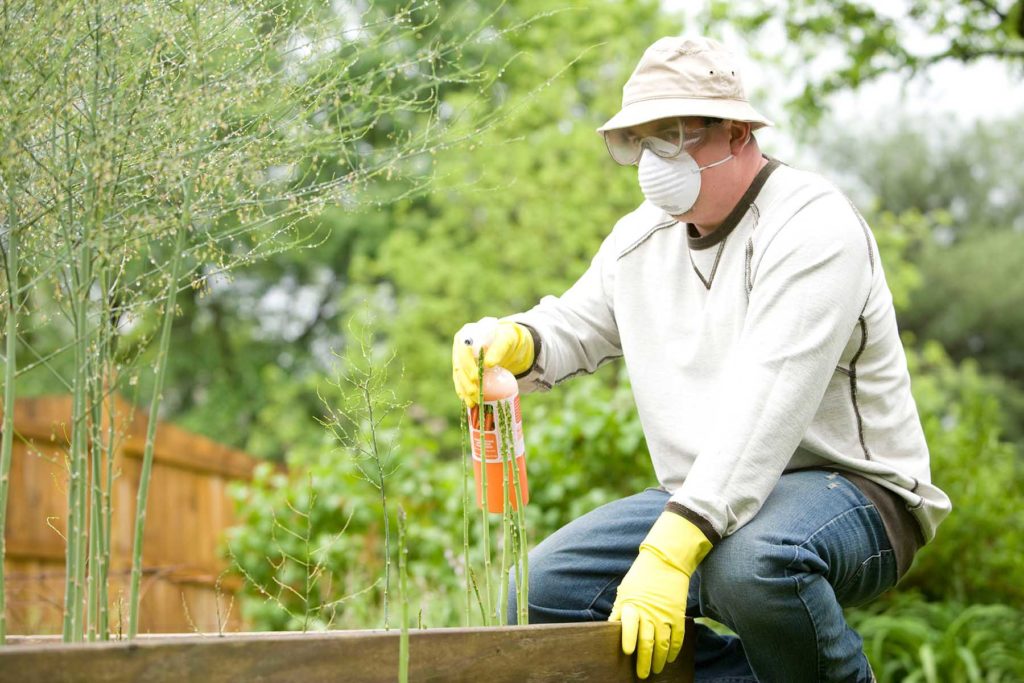Just like humans, plants need water to survive. When a plant is properly hydrated, it can carry out photosynthesis and absorb all the nutrients it needs to grow.
While it’s clear to see how important water is for plant survival, there’s a fine line between life and death. In fact, overwatering is one of the leading causes of plant deterioration.
Even the most professional of gardeners can fall victim to overwatering; it’s all too easy to drench a wilting plant, assuming that water is what it needs. However, we have some good news. In some cases, you can save overwatered plants. Read on to discover how.
The Dangers Of Overwatering Plants
So – what’s so bad about overwatering plants? It might sound dramatic, but overwatering a plant essentially means you are drowning it. And, as you drown the roots, they lose their ability to absorb the all-important oxygen and nutrients. Without access to oxygen and nutrients, your plant will not have what it needs to survive.
As well as suffocating your plant, overwatering it may create a breeding ground for root rot. Root rot can kill your plant in as little as a week if left untreated.
Signs Of An Overwatered Plant

As you can’t see what’s going on in the soil, it’s often hard to know when you’ve overwatered a plant. However, the following pointers are usually tell-tale signs that a plant is struggling:
- It’s starting to wilt
- There’s no new growth
- Young leaves are turning brown
- Lower leaves are yellow
- The soil is turning green
If your plant is showing any of the above signs, the rest of this guide will help.
How To Save An Overwatered Plant
Not all plants can be saved from overwatering – it’ll entirely depend on the severity of the case and how long it’s been left. But, not all hope is lost, as we have three different methods for plant revival. The method you choose will depend on the environment in which the plant is in.
1. Re-Pot The Plant
If you have overwatered a house plant, the best thing to do is to re-pot it. This is a simple task but requires a gentle touch.
Firstly, find a new pot that has drainage holes. These drainage holes will help to prevent any overwatering in the future. Put around two inches of mulch into the new pot to further prevent overwatering.
Once the mulch has been added, put your plant and fresh soil into the new pot. Continue filling it with soil until you reach the base of the plant. From here, lightly pat the soil so that the plant stays fixated.
As soon as your plant is re-potted, water the soil to make it moist. Then, only water more once the soil feels dry.
2. Dry Out The Roots
Another way to save an overwatered plant is by drying out the roots. This process involves doing the complete reverse of what you’re used to!
When you suspect that you’ve overwatered your plant, bring it into the shade and stop watering it until it dries out. After a few days, gently shake the pot to loosen the soil. This creates little air pockets that help to dry the roots.
If your plant still struggles, consider gently removing the plant from its pot and trimming away any rotted roots. While doing this, it’s also worth trimming any dead leaves. You can then gently re-pot the plant in fresh (dry!) soil.
3. Stop Fertilising
As you can tell by the previous two steps, saving an overwatered plant is much easier when the plant is potted. Unfortunately, the process is a bit more difficult when it comes to outdoor plants.

If you use fertiliser or some other form of treatment on your plants, hold off using it for a while. Your plant won’t be able to reap the benefits from the treatment if it’s drowning! This will only add to the confusion and potentially kill it off faster.
Proper Watering Techniques For Plants
As mentioned before, even the most experienced gardeners can overwater their plants. Just one act of poor judgement is all that it takes!
While how much water you give a plant will depend on a variety of factors, there are some techniques to keep in mind to prevent overwatering. These watering techniques are as follows:
Check The Soil
If the soil is dark in appearance and feels slightly moist, your plant probably doesn’t need water. Adding water to already-moist soil will create a breeding ground for rot. If the soil is light in colour and dry when you touch it, however, it is then time to water the plant.
When checking the soil, take the time to assess each plant individually. Plant’s have different traits, meaning some will need more water than others.
Moisten The Roots
Once you’ve established that your plant needs watering, water the base of the plant – not the head. If you moisten the roots, they will take care of the rest, transporting nutrients to the areas of the plant that need it the most. Stop watering the plant once the water starts to leave the drainage holes in the pot.
Water In The Morning
Refrain from watering your plants at night. If a plant is left moist all night, without any sunlight, it’s at a higher risk of spreading disease. Instead, water your plants in the morning so that they have a whole day to bask in the sun.
Avoid ‘Swimming Pool’ Pots
If you have a potted plant, check to ensure no water is sitting in the pot. Standing water will mean that the soil is always moist, which in other terms, means it’s being overwatered.
Keep Track Of The Weather
If it has rained a lot recently, your garden will not need watering. Keep brief notes of rainfall and weather patterns so that you keep on track with this.

Water Confidently, But Carefully
Watering your plants doesn’t need to be stressful; just make sure that you approach it carefully. It’s only normal to overwater plants from time to time, but now you have everything you need to resolve the situation calmly!








